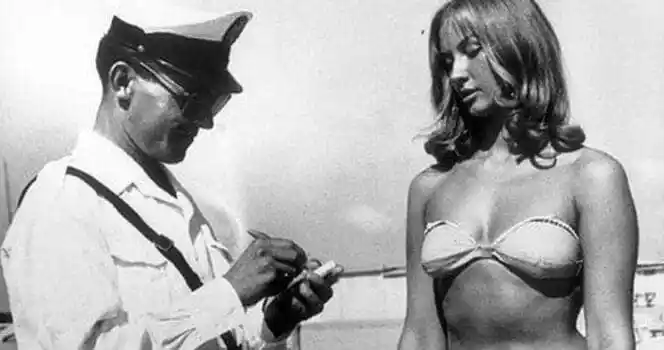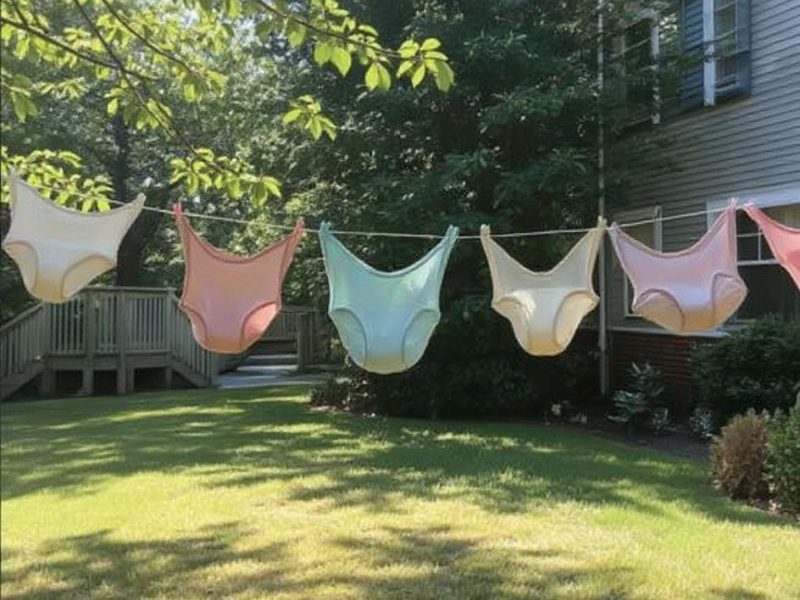Few garments have sparked as much controversy as the bikini. What seems like a simple beach outfit today was once considered so scandalous it prompted beach arrests, papal condemnations, and nationwide bans.
In the early 20th century, women swam in cumbersome wool dresses with stockings and shoes. Modesty laws required neck-to-knee coverage, with beach officers measuring hemlines. Australian swimmer Annette Kellerman challenged these norms in 1907 with her form-fitting one-piece, facing potential arrest for showing her arms and legs.

The real shock came in 1946 when French designer Louis Réard unveiled the first true bikini. Named after atomic testing sites, the revealing two-piece was banned across Europe and America. Italy’s 1957 photo of a police officer confronting a bikini-clad woman epitomized the era’s tensions – though historians note swimsuit laws were unevenly enforced.

Hollywood changed everything. Screen sirens like Brigitte Bardot and Ursula Andress made bikinis glamorous rather than disgraceful. Bardot’s 1952 film featured the first major bikini role, while Andress’s Dr. No emergence from the sea became cinema history. Their confidence helped shift public perception.

By the 1970s, bikinis dominated beaches worldwide. Today’s swimwear celebrates choice – from full-coverage suits to daring cutouts. The bikini’s journey from banned to beloved reflects society’s growing acceptance of women’s autonomy over their bodies and fashion choices.


